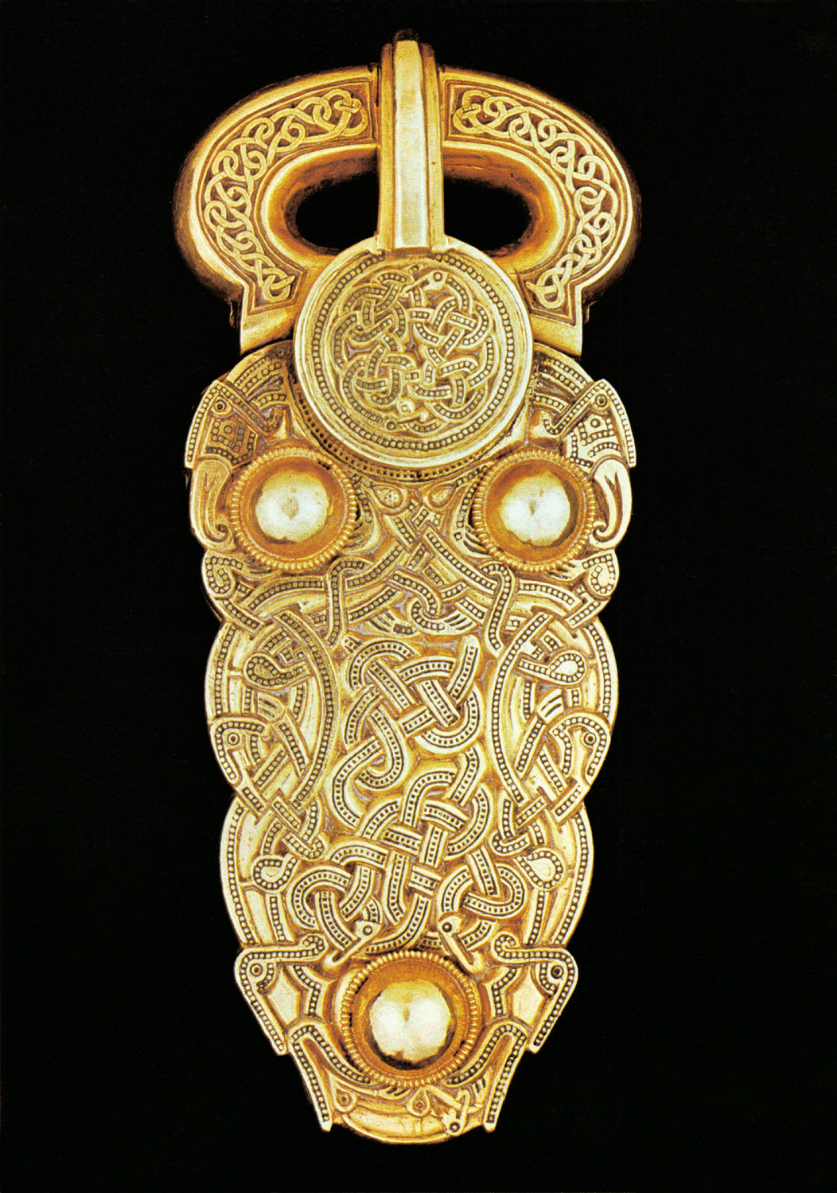Justinian was a vital figure to imagery in this church as head of church and state.
San Vitale mosaics, Byzantine, 520-547 CE, mosaics c. 546-8 CE, Italy (Ravenna) 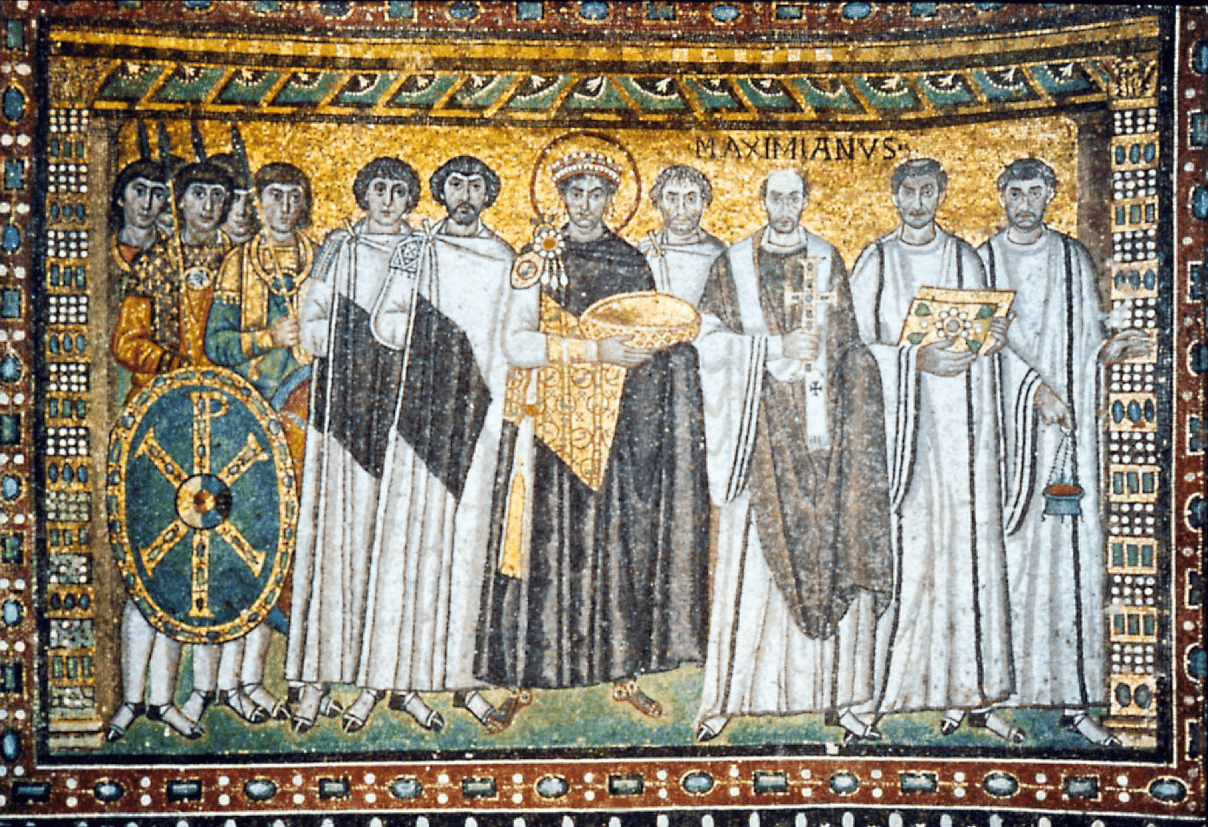
The show must always go on in this ancient monument!
Colosseum, Ancient Roman (Imperial Period), c. 70-80 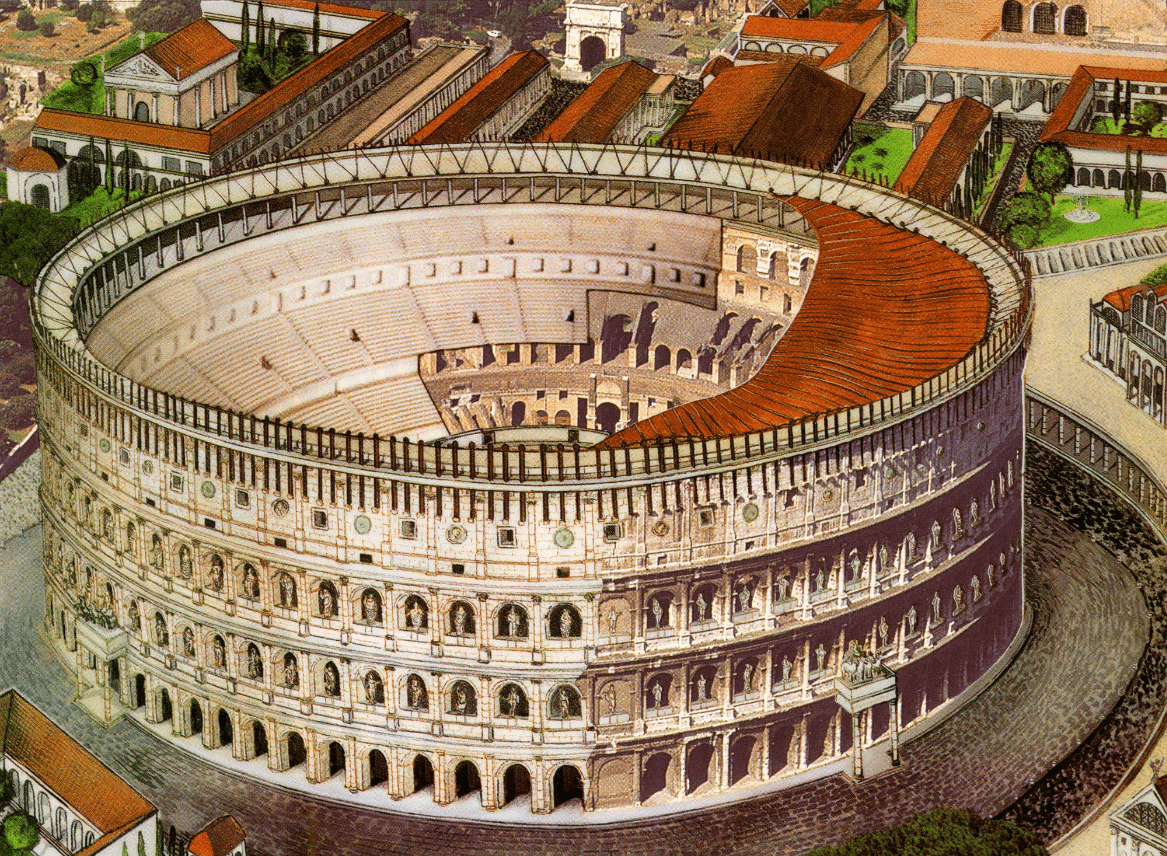
This monument is so beautiful, even a mosquito would think it’s great!
Great Mosque (Mezquita), Spanish Islamic (Umayyad), Spain (Córdoba), 785-988 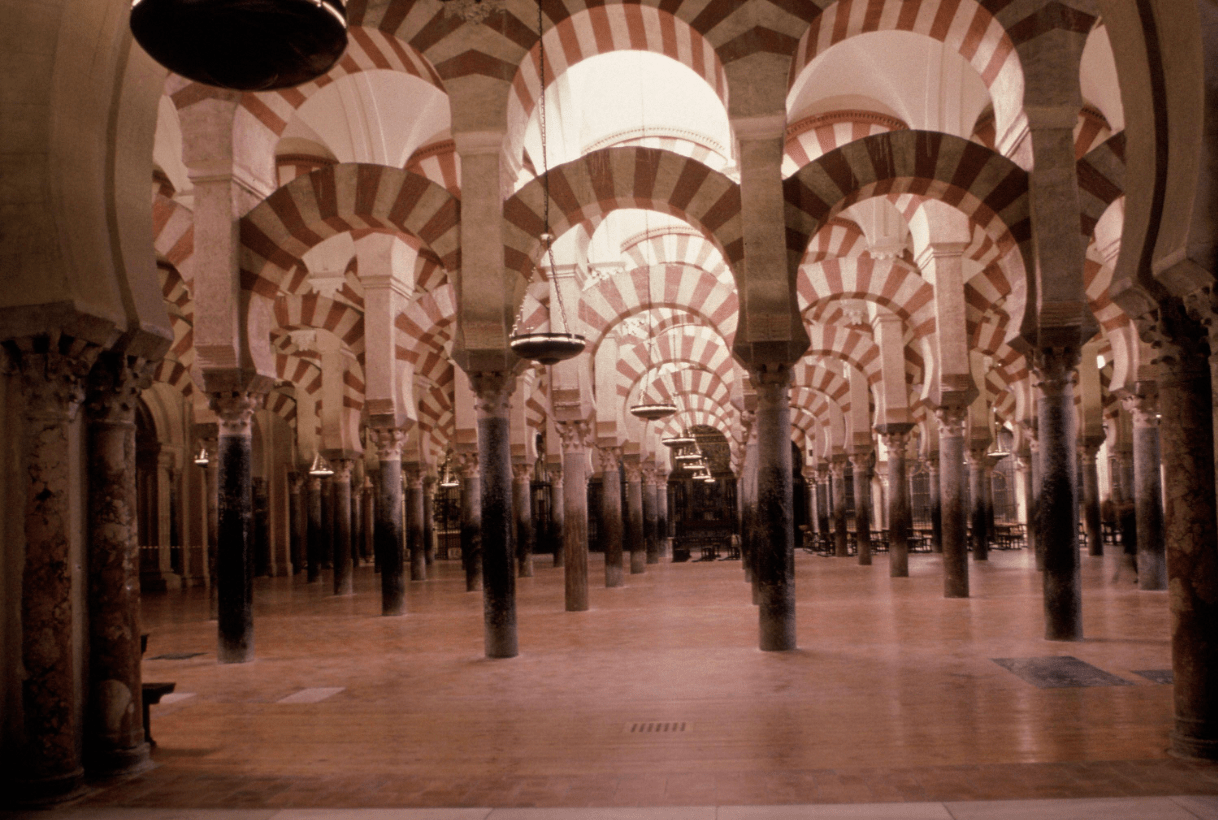
This book may as well be in hieroglyphics — it’s nearly impossible to read.
Book of Kells, Medieval (Hiberno-Saxon), late 8th or 9th century 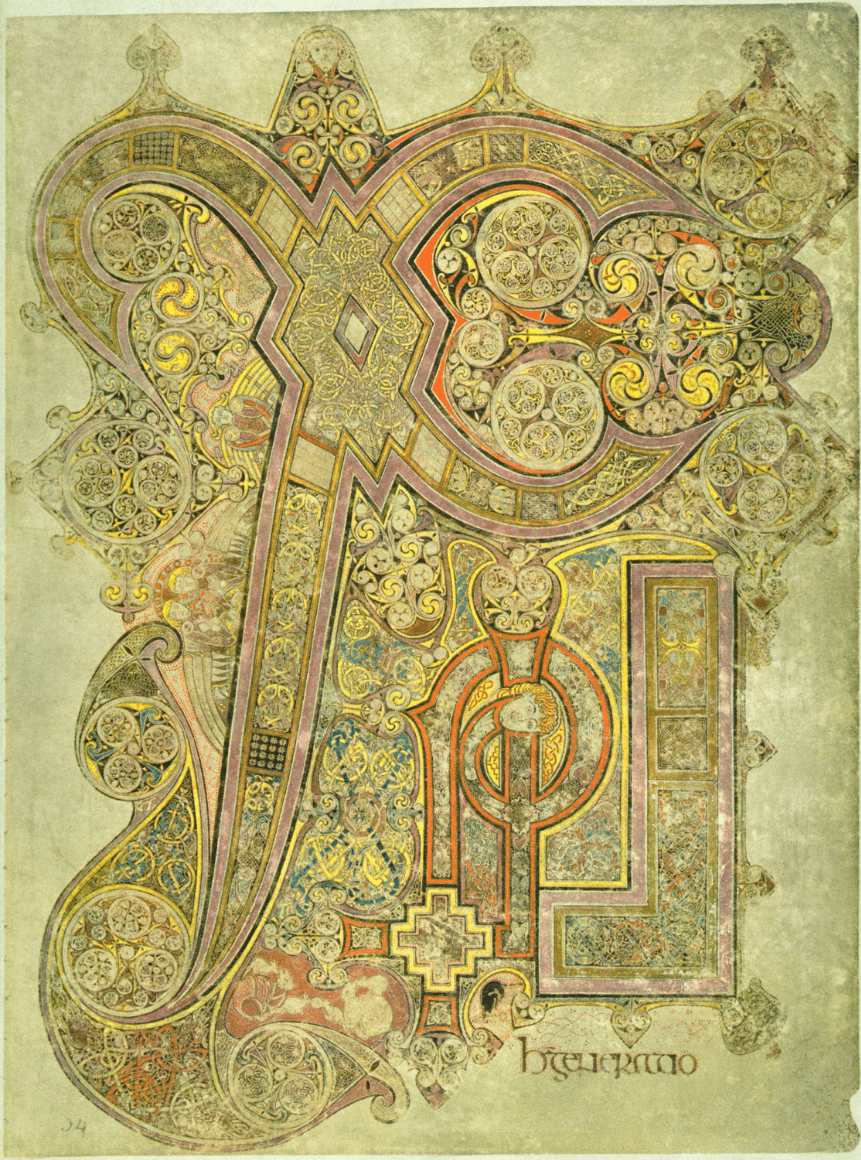
This sculpture is a monument to oldheads — 3 of them, in fact.
 The Barberini Portrait, Roman Patrician with Busts of his Ancestors, Roman (Ancient Italian Style), early 1st century
The Barberini Portrait, Roman Patrician with Busts of his Ancestors, Roman (Ancient Italian Style), early 1st century
Guten tag! This monument says halle-lujah to Christ, celebrating the victory of the church.
Torhalle, unknown German, Carolingian, 768-774 
Dedicated to a multitude of gods, this monument provides a pan-oramic (metaphorical) view of the cosmos.
Pantheon, Ancient Roman (Imperial Period), 118-125 
This monument is dedicated to an alcoholic god’s many secrets.
Villa of the Mysteries, Roman (Ancient Italian Style), c. 60-50 BCE 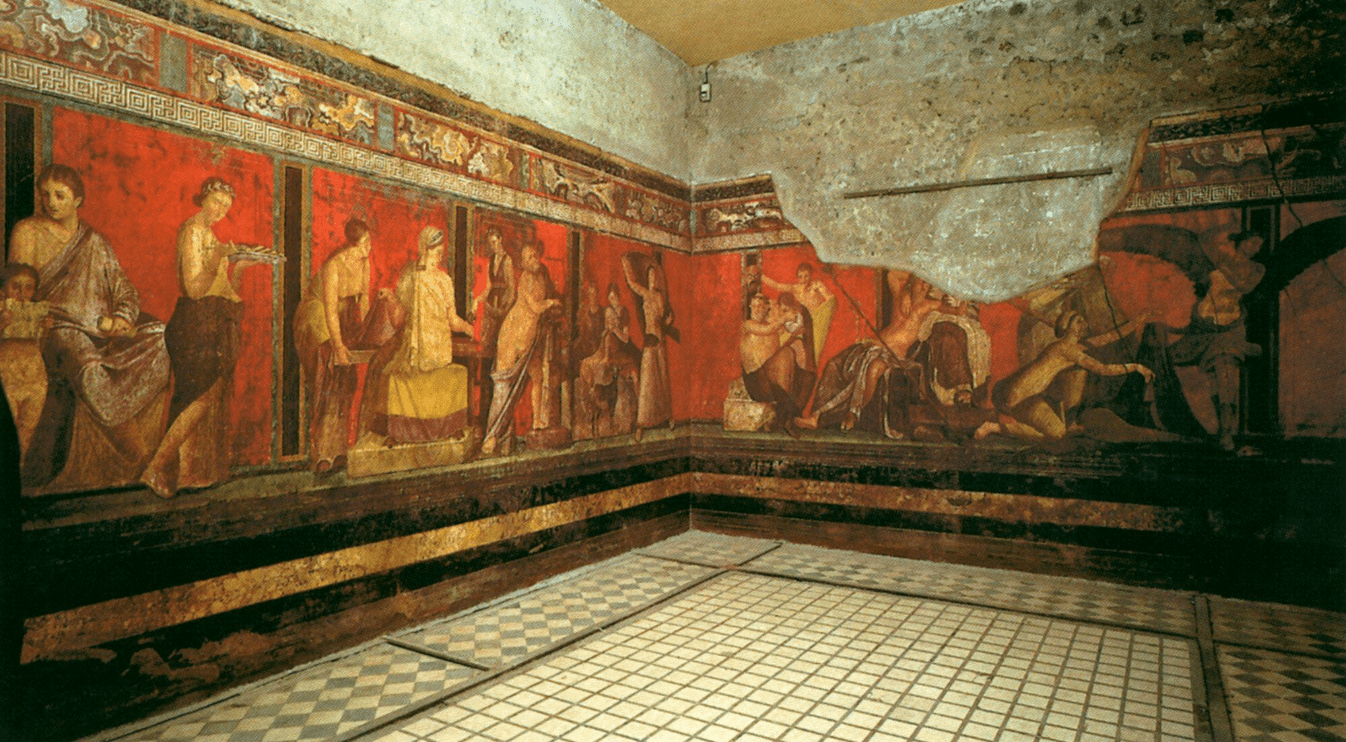
Whatever this guy’s reading must be truly illuminating!
Coronation Gospels, St. Matthew, Carolingian, c. 800 CE 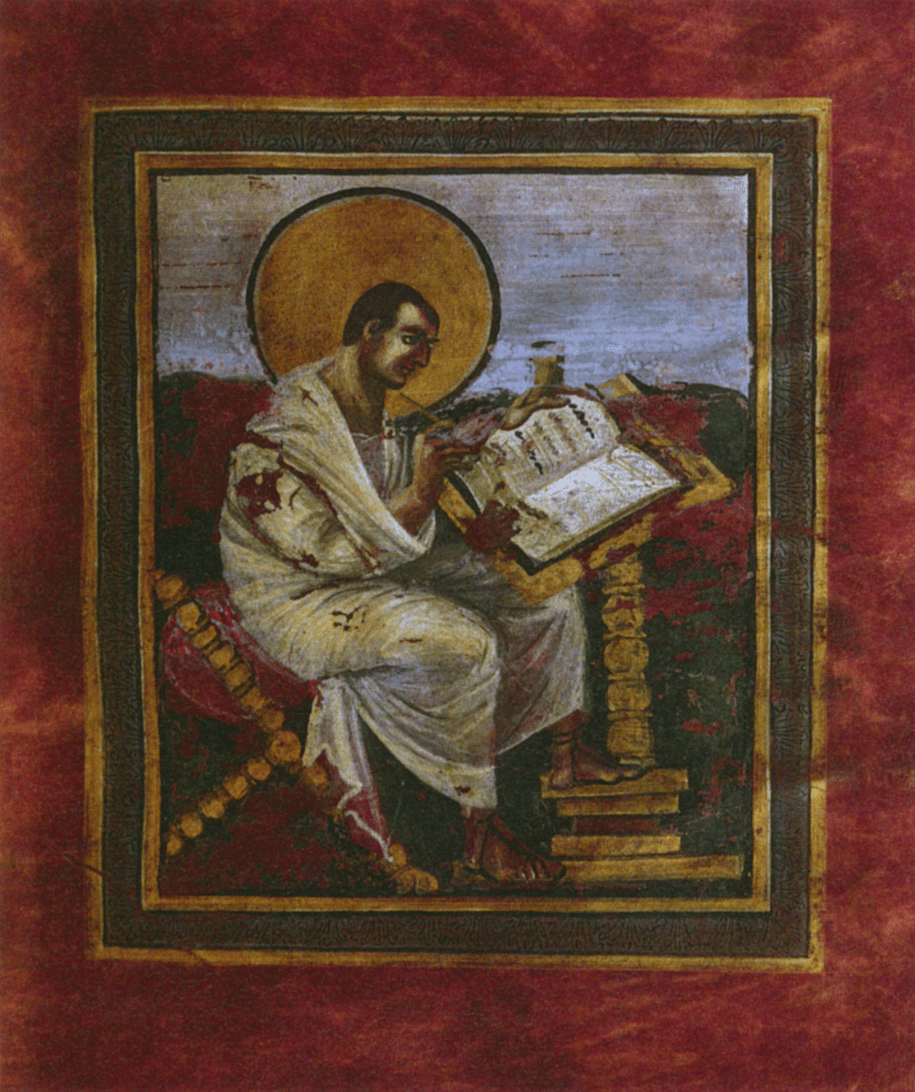
This sculpture depicts an important man with a big ol’ noggin!
Colossal Statue of Constantine, Roman (Ancient Italian Style), 325-6 CE 
Meant to hold a congregation, this ancient church is an oldie, but a goodie.
Old St. Peter’s Basilica, Rome, Early Christian, c. 320-7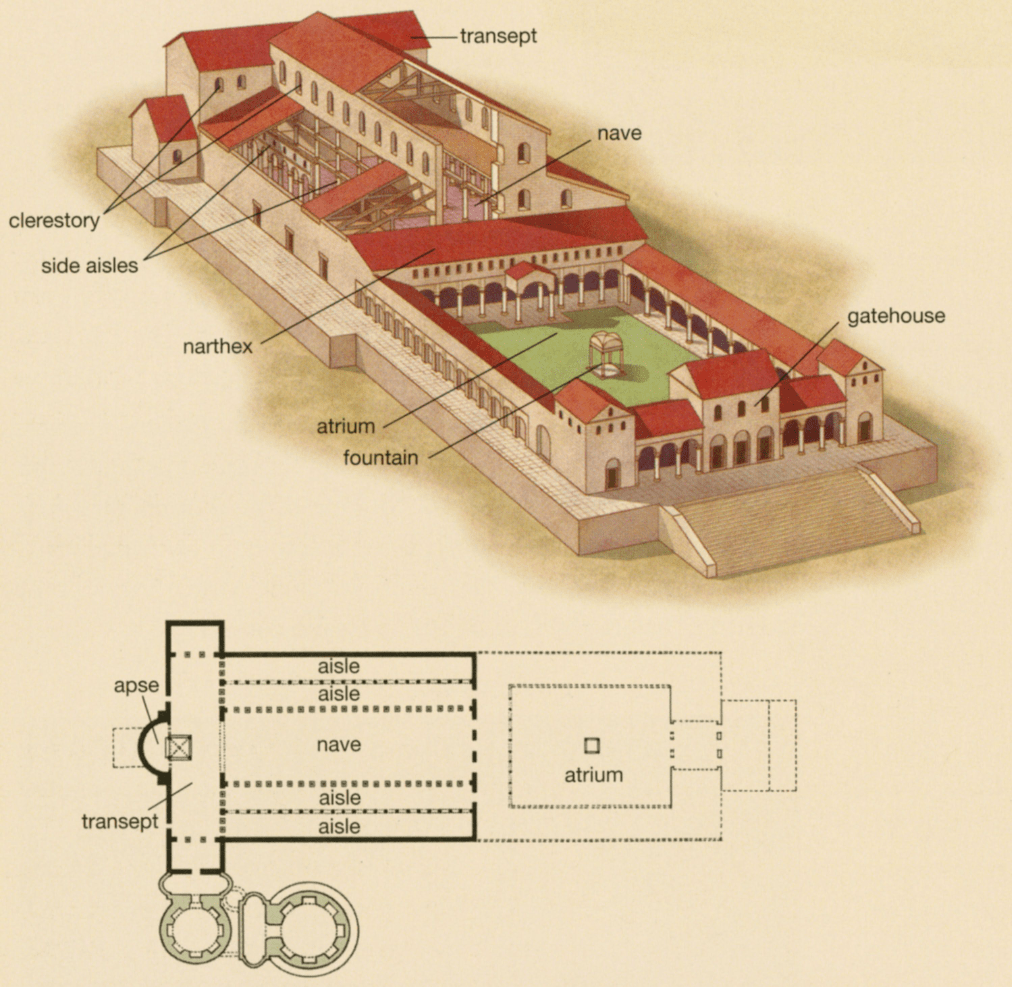
Contrary to the saying, these sticks and stones actually guard the bones.
Catacomb of Saints Peter and Marcellinus, Roman (Ancient Italian Style), 4th century 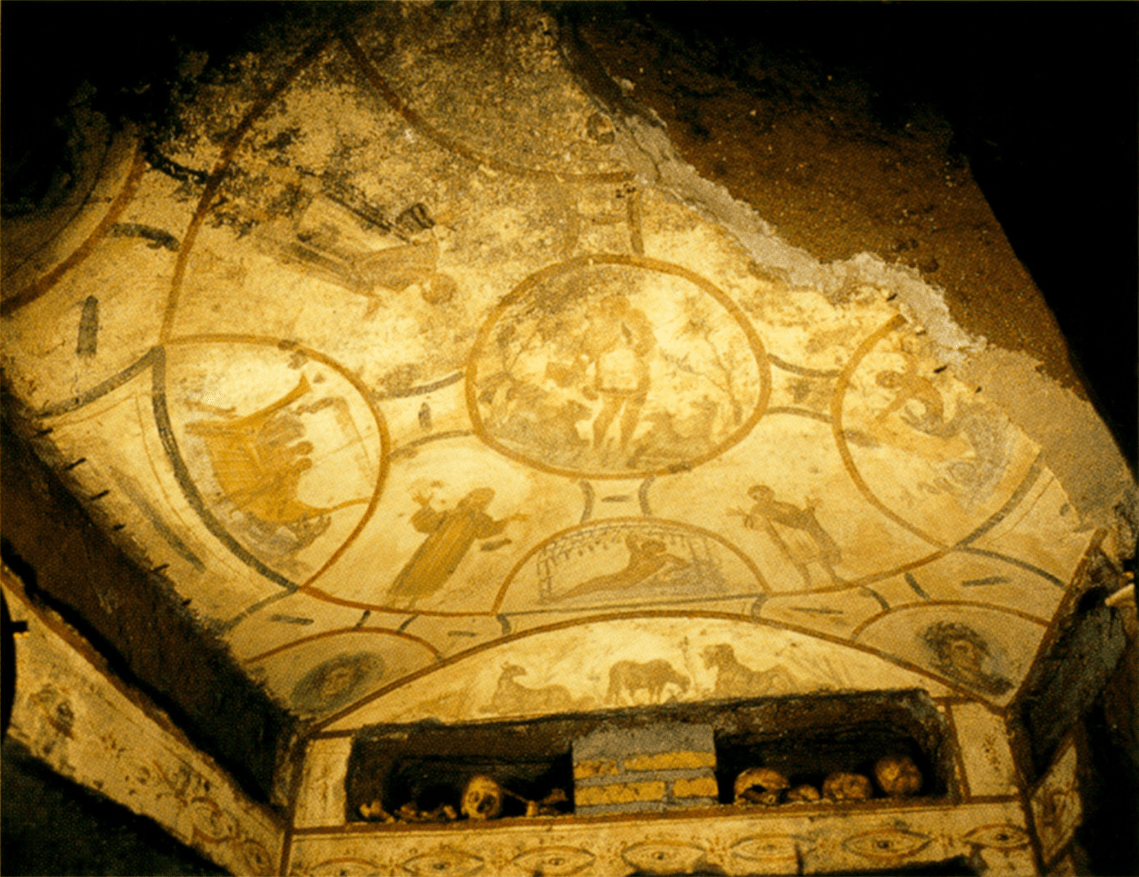
Although its name may say otherwise, the society who built this monument were anything but peaceful.
Ara Pacis, Roman (Ancient Italian Style), Rome, 13-9 BCE 
This hairnet-wearing writer was a hottie in every sense of the word! (I lava good pun, don’t you?)
Young Woman Writing, Pompeii, Roman (Ancient Italian Style), 1st c. CE 
These guys may be depicted like they’re besties, but actually had major political beef.
Tetrarchs, Ancient Roman (Late Empire Period), c. 305 CE 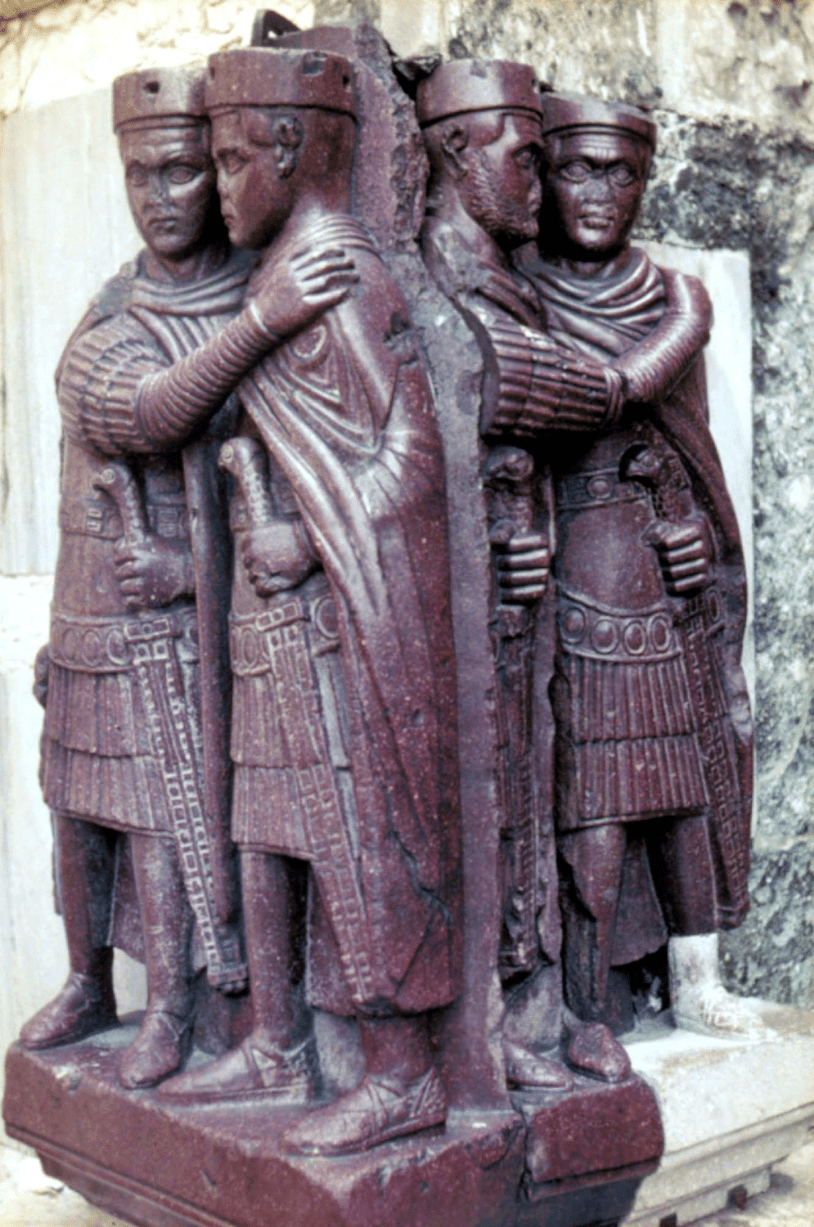
This church’s name translates directly to “divine wisdom.”
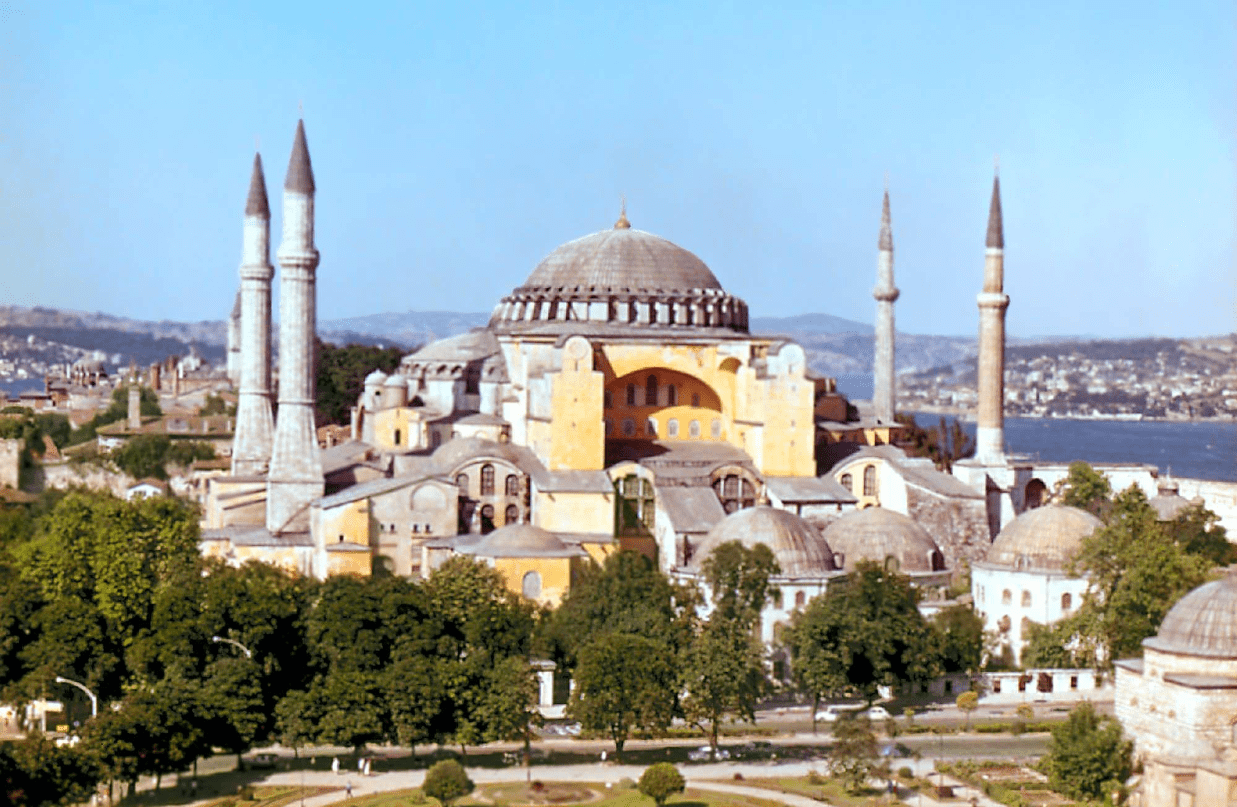 Hagia Sophia, Anthemios of Tralles and Isidoros of Miletos I, Byzantine, Turkey (Istanbul), 532-7
Hagia Sophia, Anthemios of Tralles and Isidoros of Miletos I, Byzantine, Turkey (Istanbul), 532-7
This monument depicts the spolia-s of war through its themes of victory.
Arch of Constantine, Rome, Ancient Roman (Late Imperial Period), 312-315 CE 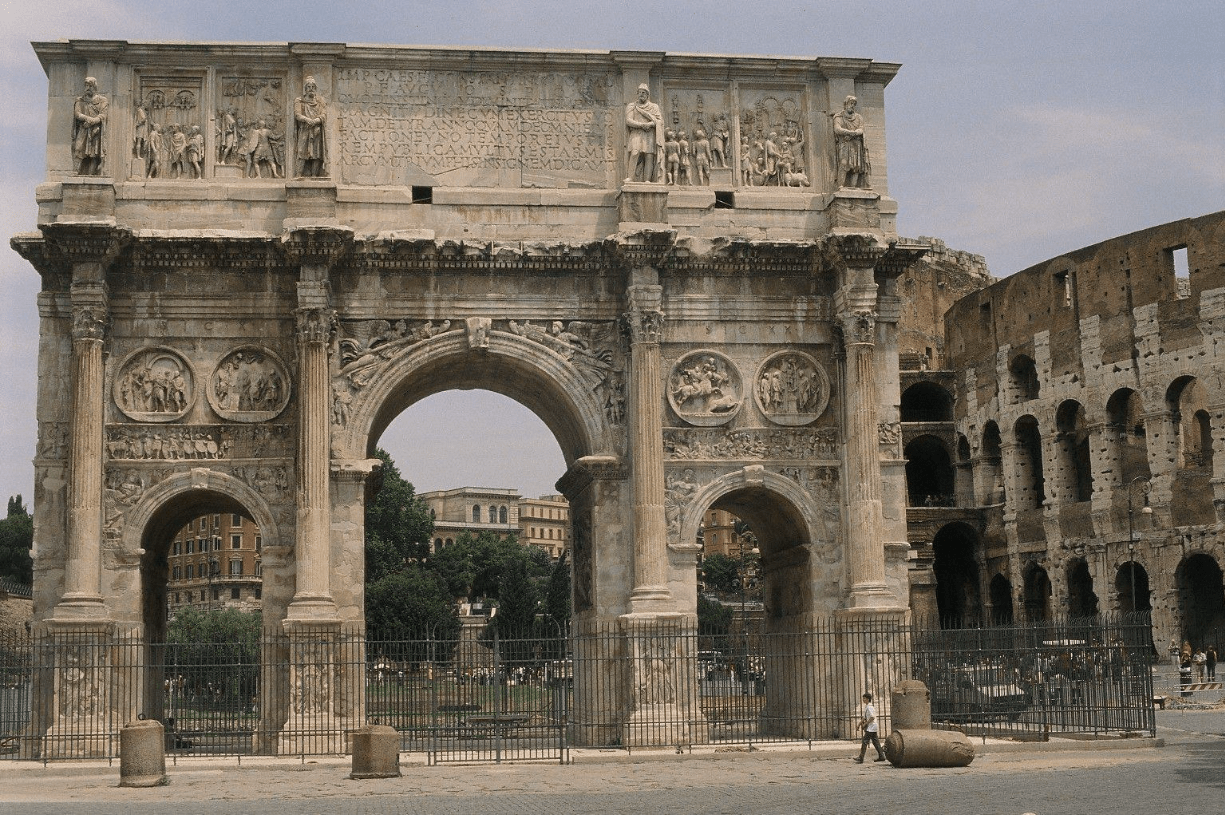
Unlike other churches, this monument contains no imagery of any religious figures.
Dome of the Rock, Jerusalem, Islamic (Umayyad), 692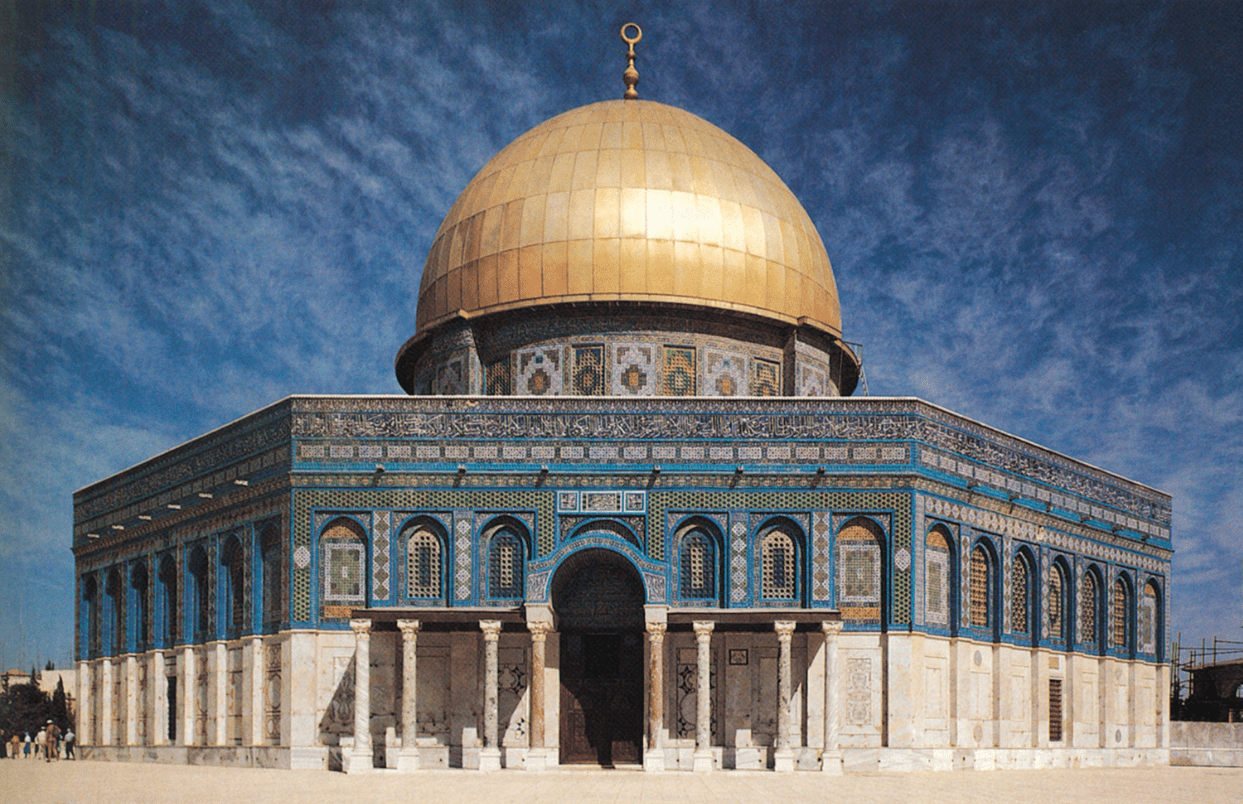
The beauty of this book’s intricate, interlaced designs cannot be swept under the carpet.
Lindisfarne Gospels (Cross and Carpet Page), Medieval, c. 698-721 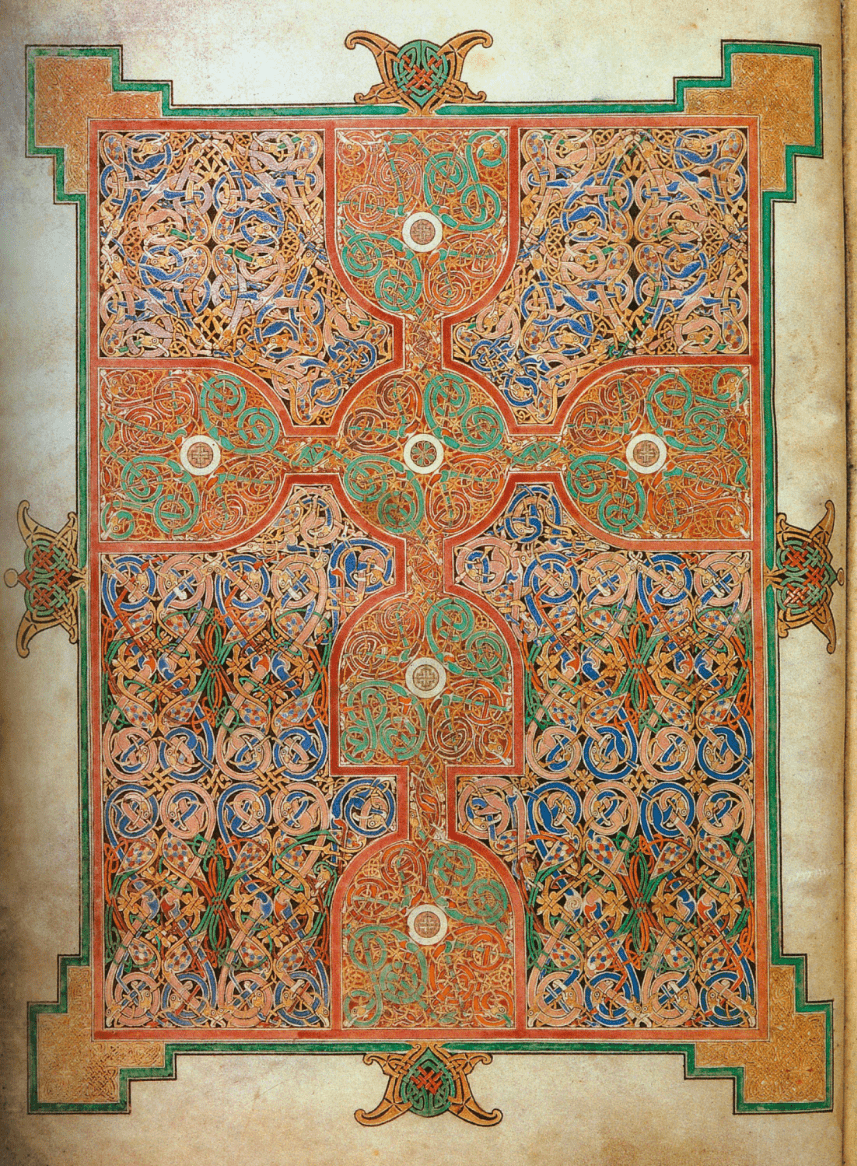
This ruler is the ultimate lover-boy. Even Cupid loves him!
Augustus of Primaporta, Ancient Roman (Early Imperial Period), c. 20 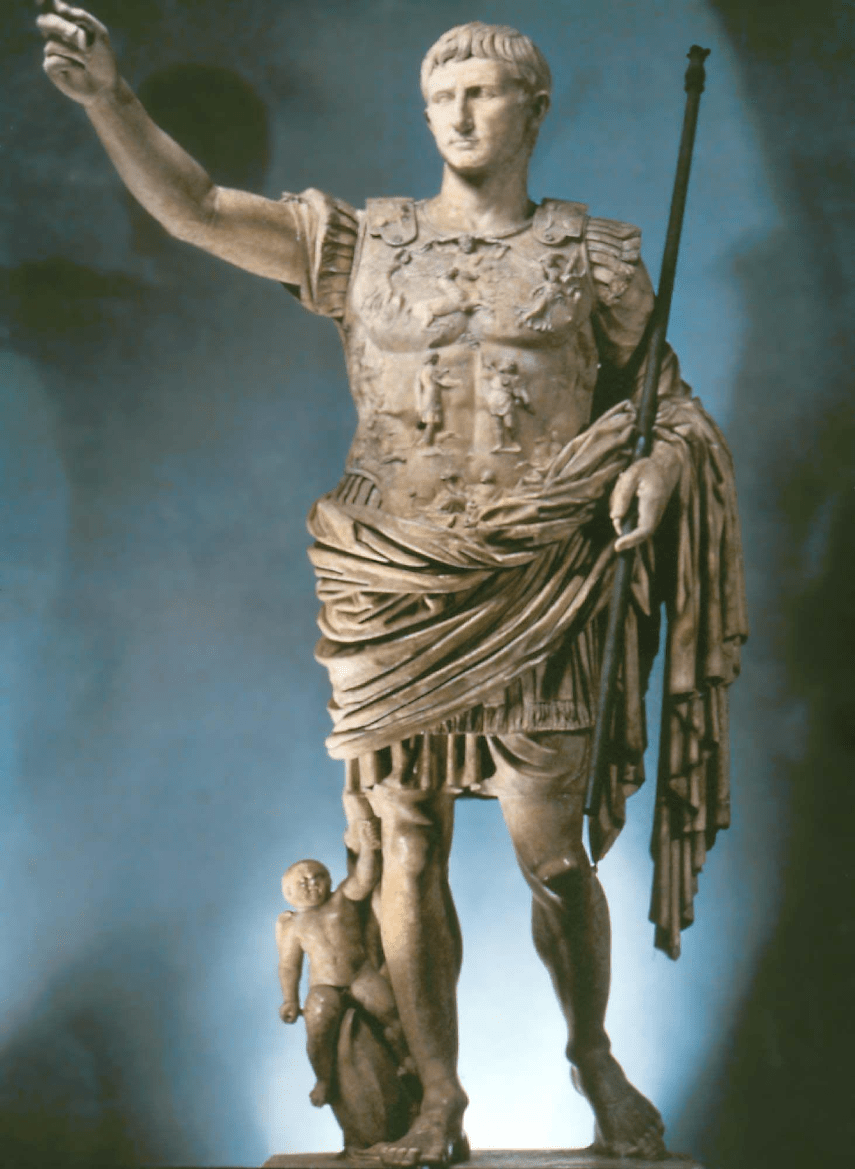
This church features a saint taking on the role of Little Bo Peep.
 Apse of Sant’ Apollinare in Classe, Italy (Ravenna), Early Christian, c. 533-549
Apse of Sant’ Apollinare in Classe, Italy (Ravenna), Early Christian, c. 533-549
All roads lead to Rome — and apparently, also circumambulation.
Column of Trajan, Ancient Roman (Imperial Period), 107-114 CE 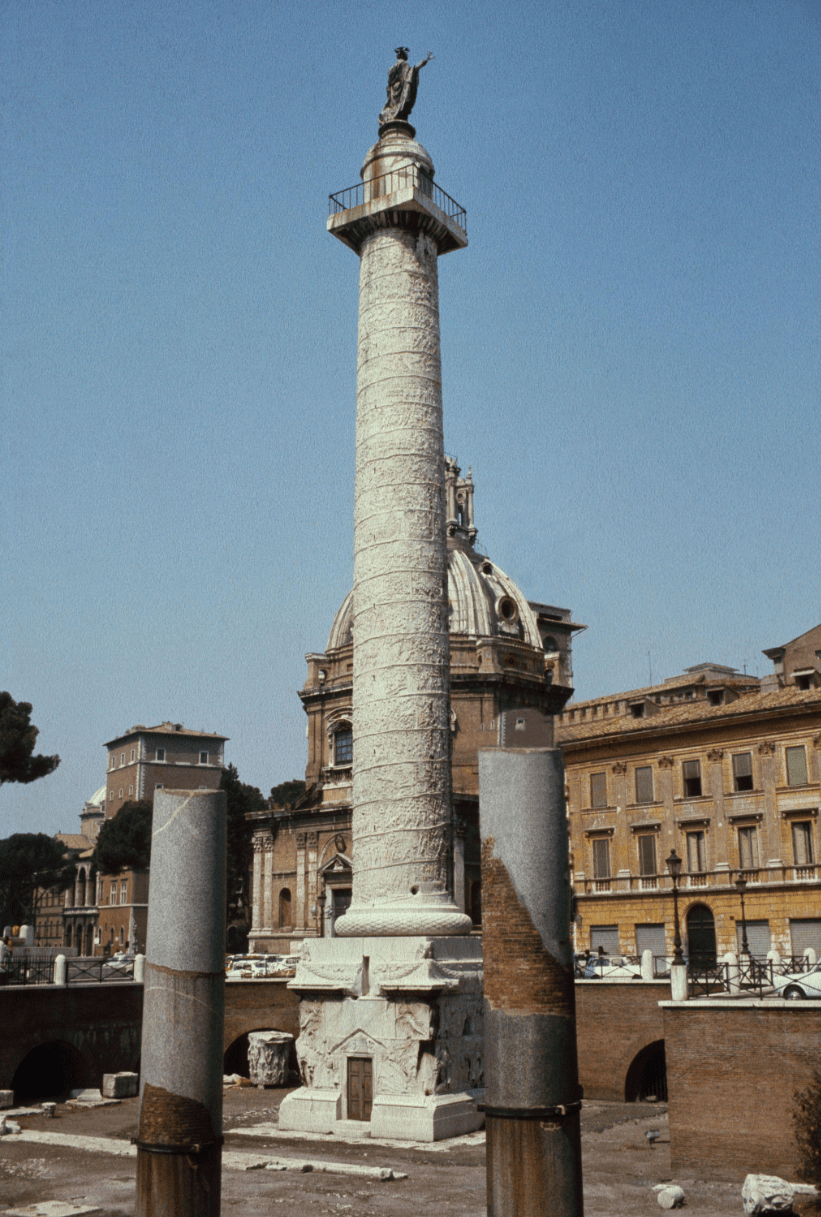
This monument’s lunettes are sure to make you feel reverent and placid.
Mausoleum of Galla Placidia, Early Christian, Italy (Ravenna), c. 425-6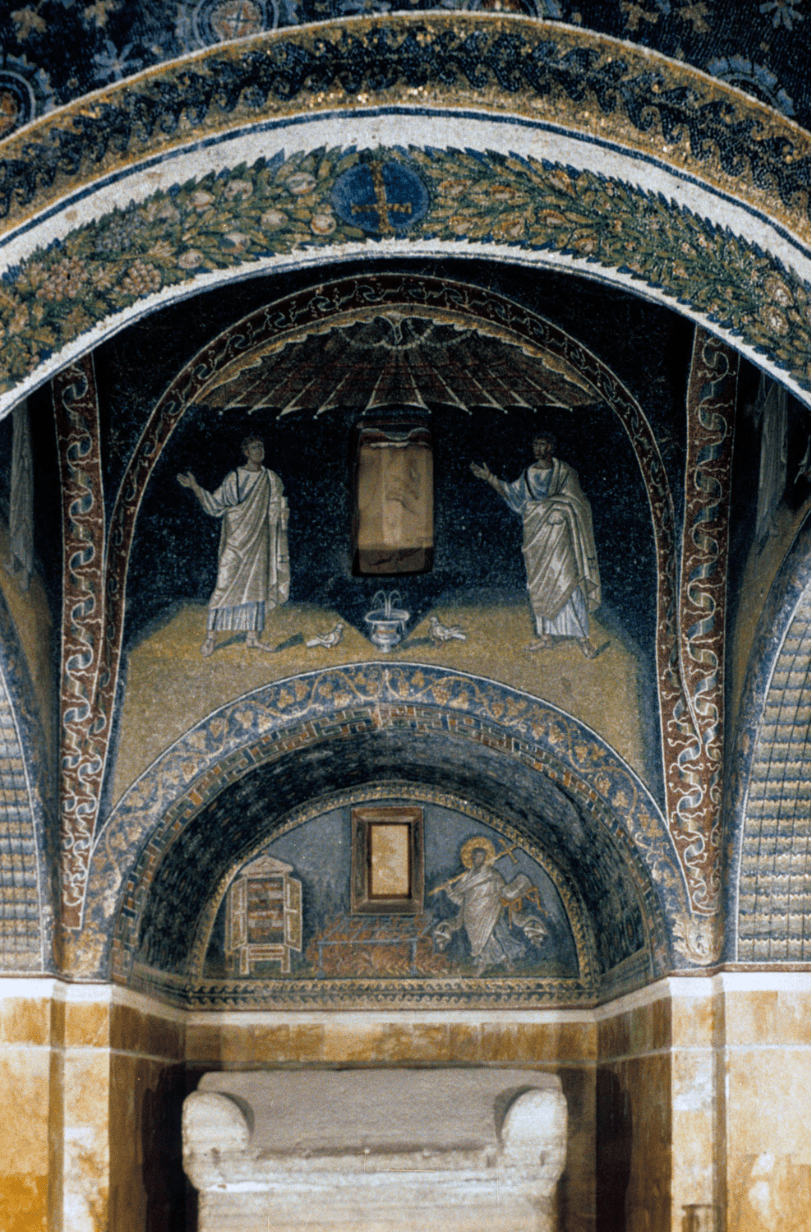
This Mediterranean manuscript reads right to left rather than left to right.
Rabbula Gospels, Byzantine, c. 586 CE 
WHO was likely trading with the Byzantine peoples, as evidenced by this object?
The Medieval Anglo Saxons (Belt buckle from Sutton Hoo burial ship, Medieval (Anglo-Saxon), c. 615-30)